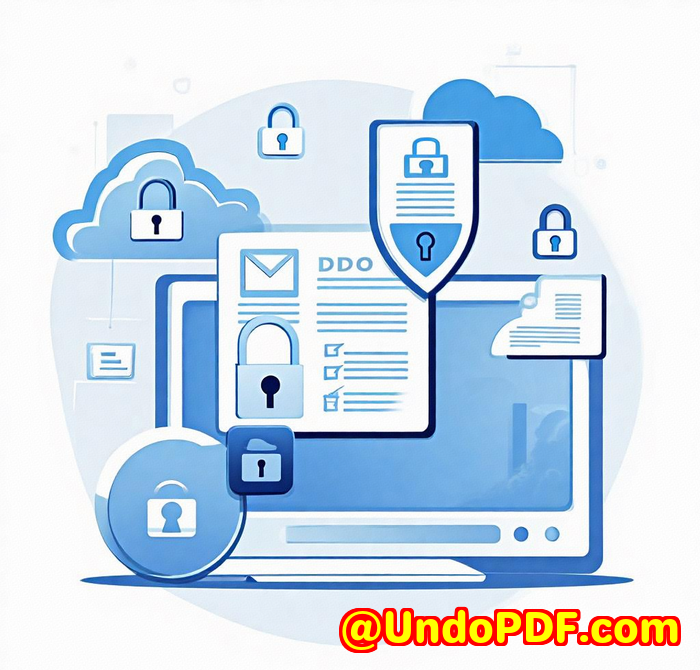Why PDF Annotation in HTML5 Is Replacing Desktop Tools for Remote Teams and Educators
Meta Description:
Discover how VeryPDF’s HTML5 PDF Annotation tool is transforming document collaboration for remote teams and educatorsno downloads, just powerful browser-based markup.

Every Friday, our remote team has a policy meeting to review design proposals, policy docs, and progress reports. A year ago, this meant dozens of email attachments, conflicting feedback, and an endless loop of saving and re-uploading files. And for my wifea high school teacherthe situation wasn’t any better. Grading and giving feedback on student PDFs with desktop apps was time-consuming and chaotic. We needed a way to collaborate and annotate PDFs directly in the browser, without requiring software installations or worrying about compatibility. That’s when I discovered the VeryPDF HTML5 PDF Annotation Source Code License.
I came across it while searching for a more seamless PDF markup tool that could be embedded into a browser-based workflow. The name might sound technicaland it isbut this solution has quietly become the backbone of our team’s document collaboration system. And it’s no exaggeration to say it changed the way we work and teach.
Why I Chose VeryPDF HTML5 PDF Annotation
At its core, this tool is a developer-ready, fully browser-based annotation framework for PDFs, images, Office docs, and moreover 50 file types, to be exact. It’s designed to be embedded into your web app, meaning you can offer advanced PDF markup features to your users without needing browser plugins, Flash, or Java.
What impressed me immediately was its cross-platform compatibility. My team uses a mix of Windows laptops, iPads, and even Linux workstations. But with this HTML5 tool, no one had to worry about software compatibility or installations. It just workedon Chrome, Firefox, Safari, and even legacy browsers like IE.
Feature Highlights that Made a Difference
-
Real-time collaboration with layered annotations
On more than one occasion, I’ve reviewed a document with two other team members commenting and highlighting sections simultaneously. Each user’s annotations appear as layersclear, organized, and easy to filter through. For my wife, this meant being able to give feedback on student essays while allowing students to respond or clarifyall in the same interface.
-
Robust annotation tools
You’re not limited to basic highlights or sticky notes. The tool includes:
-
Text comments, strikethroughs, and highlights
-
Drawing tools like freehand pencil, lines, shapes
-
Point and area comments for precision
-
Annotation color and font size customization
These options really helped when we were going through architectural CAD files or marketing reports with visual elements.
-
-
No-file corruption, full export control
One of the dealbreakers for other tools was how some would alter the original file when saving annotations. With VeryPDF, you can choose to burn in annotations or export them separatelypreserving the original file’s structure. Plus, emailing or sharing annotated versions is one click away.
Comparisons with Other Tools
Before settling on VeryPDF, we tried out several optionsbrowser extensions, standalone apps, even Google Drive add-ons. They all had shortcomings: limited file type support, clunky UI, lack of collaboration features, or device/browser incompatibility. VeryPDF outperformed them by being lightweight, stable, and more importantly, developer-friendly. The REST API allows us to tie annotations into our own server workflowsperfect for audit trails or compliance use cases.
In Summary: Why I Recommend It
If you’re part of a remote team, an educator, a legal reviewer, or a software provider looking to integrate browser-based document annotationVeryPDF’s HTML5 Annotation Source Code License should be on your radar. It helped our team cut down hours of file back-and-forth. For educators like my wife, it’s been a game changer in digital grading and interactive teaching.
Start your free trial now and boost your productivity:
https://veryutils.com/html5-pdf-annotation-source-code-license
Custom Development Services by VeryPDF
Need more than what’s offered out-of-the-box? VeryPDF also provides tailored development services to meet your specific document handling needs. Whether you operate on Windows, Linux, macOS, or cloud-based environments, they can build custom PDF, Office, image, or printer job tools tailored to your use case.
From API hooks that intercept file access and printing, to barcode recognition, OCR, digital signatures, or even creating your own PDF virtual printer driverVeryPDF’s development team has decades of experience. They support a wide stack, including C++, Python, JavaScript, .NET, and mobile platforms.
To discuss your specific needs or request a consultation, visit the VeryPDF Support Center at
FAQs
Q1: Can I use this annotation tool on mobile devices like iPads or Android tablets?
Yes. The HTML5-based solution works across all modern mobile browsers, no app installation needed.
Q2: Is it possible to integrate this annotation tool into my company’s internal web app?
Absolutely. The product is designed for easy integration, and source code licensing gives full control to developers.
Q3: Does the tool support real-time collaboration?
Yes. Multiple users can annotate the same document with layered markups and comments visible to all collaborators.
Q4: Can annotations be exported or burned into the PDF?
Yes. You can choose to export annotations as separate data or permanently apply them to the document.
Q5: What types of files can be annotated?
Over 50 file types, including PDFs, Office docs (Word, Excel, PowerPoint), images (TIFF, JPG, PNG), CAD files, and more.
Tags/Keywords:
html5 pdf annotation, browser-based pdf markup, online pdf viewer, remote team collaboration, document annotation API, pdf markup for educators, pdf annotation source code